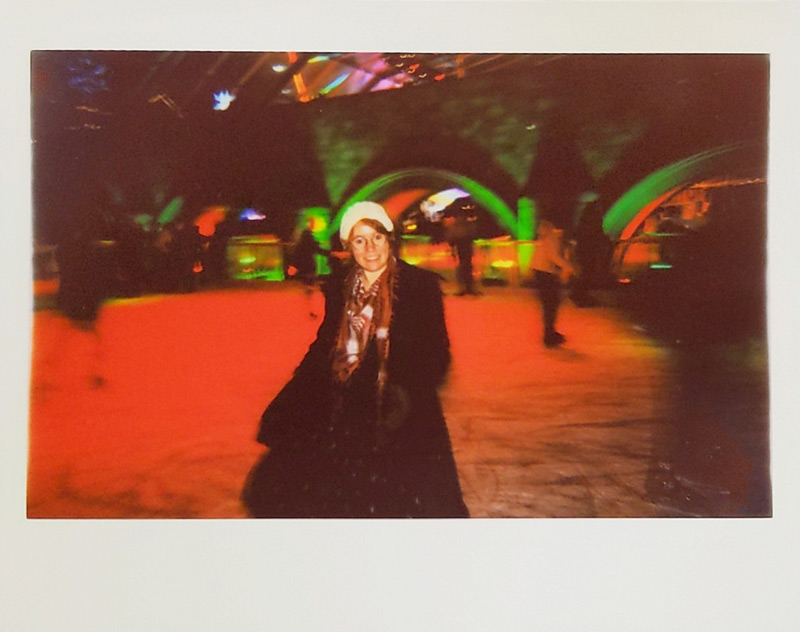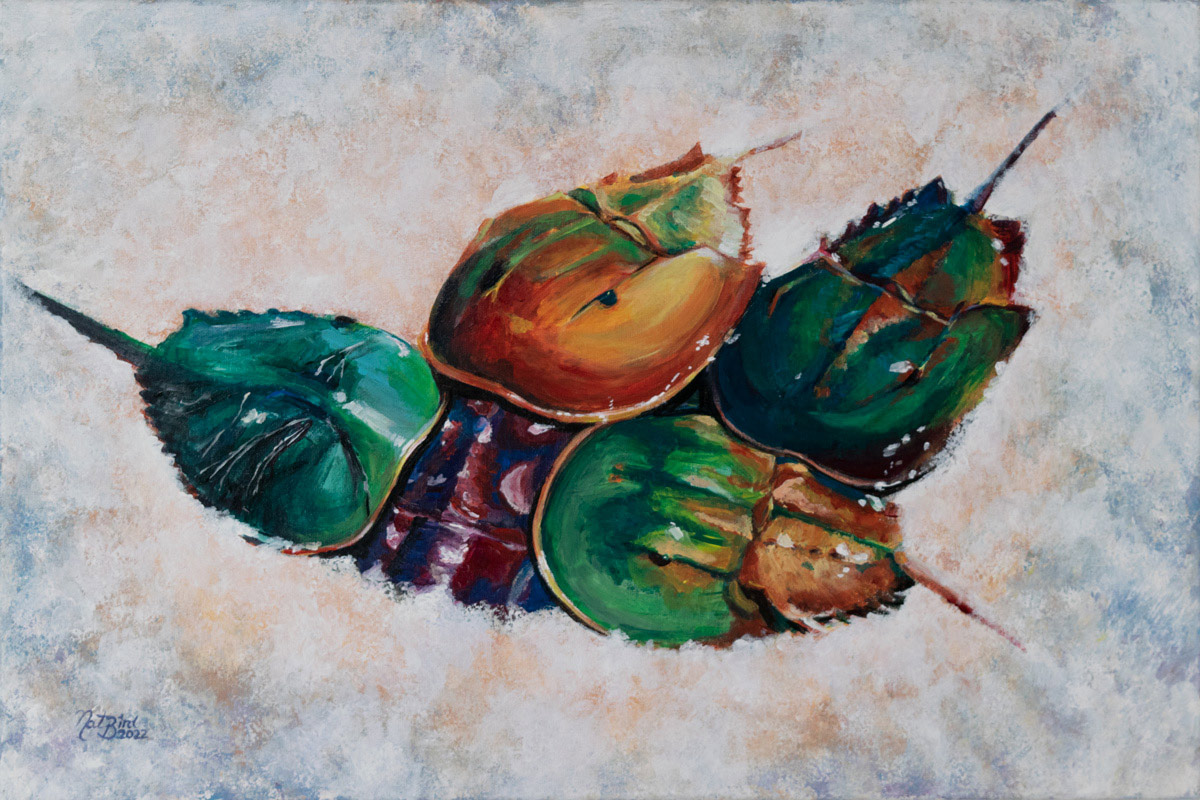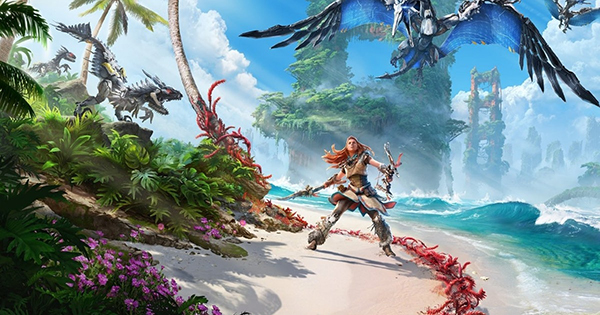
Natbird
The portfolio of
Natalie Burke
Art
Teaching and Speaking Engagements
Technical Art Experience

About
My name is Natalie Burke. I am an artist, story-teller, and programmer. My background is in technical art, computer engineering, public speaking, management, and teaching. I have experience working for AAA video game studios, private and public universities, start-ups, and software companies. I have spoken at numerous conferences and universities world-wide about techniques for improving real-time visuals and the process of creating art for video games. I am also a chef of delicious and extremely spicy hot sauces. Feel free to reach out to me at natalieburke@natbird.com.
Résumé
Credits
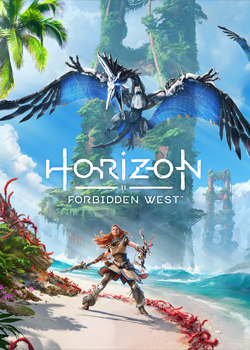 Horizon Forbidden West
Horizon Forbidden West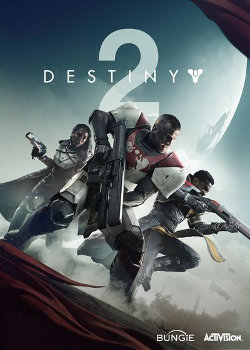 Destiny 2
Destiny 2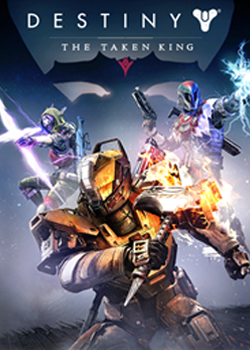 Destiny: The Taken King
Destiny: The Taken King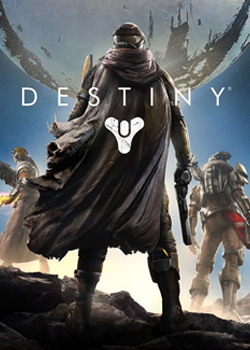 Destiny
Destiny
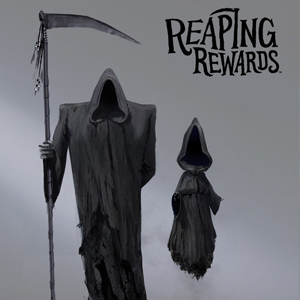 Reaping Rewards
Reaping Rewards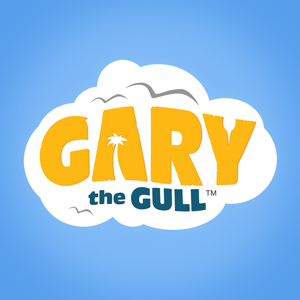 Gary The Gull
Gary The Gull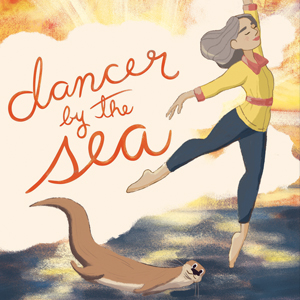 Dancer By The Sea
Dancer By The Sea Destiny: Rise of Iron
Destiny: Rise of Iron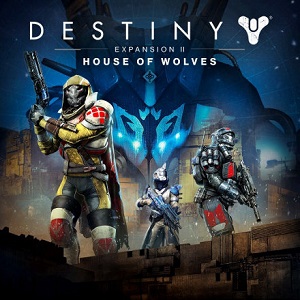 Destiny: House of Wolves
Destiny: House of Wolves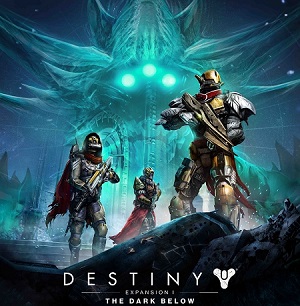 Destiny: The Dark Below
Destiny: The Dark Below
Art
Technicolor Horseshoe Crabs
is a collection of acrylic paintings inspired by photos captured during the June 2022 Delaware Bay Horseshoe Crab Survey. Horseshoe Crabs are the oldest known living species, existing for 445 million years. Their special milky-blue blood is essential in the manufacturing of pharmaceuticals including the Covid-19 vaccine. Although a fascinating, ancient creature with a vital connection to humanity, few people are aware of the Horseshoe Crab.Amsterdam School Watercolors
Now on display in Museum Het Schip!
This collection pays homage to the unique buildings and
intricate details of the Amsterdam School.
The Amsterdam School is an architectural style that emerged in the early 20th century in the Netherlands.
It is characterized by expressive brickwork, sculptural detailing, and dynamic, asymmetrical facades that
seamlessly incorporate decorative elements into the building's structure.
Pepper-Inspired Ceramics
celebrates the beauty and diversity of the pepper plant and its many varieties. Each piece in this collection is hand-thrown using light beige stoneware clay. The designs are hand-painted with underglazes, and the mugs feature a sgraffito technique that creates a pleasant texture in your hand.Assorted Works of Art
A varied selection of my artwork.
Teaching and Speaking
Speaker
"Cultivating Careers: Experiences as a Technical Artist" - Grace Hopper Celebration 2019, Orlando Florida
Over the past decade the field of technical art has grown into an essential part of 3D application development. However, many professionals in technical industries remain unaware of the benefits of having a technical artist working on a product. In this presentation attendees learned who technical artists are and why this is an important career path for the future of CGI technology.
"Learn how to do stylized shading with Shader Graph" - SIGGRAPH 2019, Los Angeles California
In this session, attendees learned how to write a custom lighting shader for a stylized look that can easily be shared across multiple assets.
"Reality vs Illusion: Unity Real-Time Ray Tracing" - SIGGRAPH 2019, Los Angeles California
We showcased how we achieved the goals for the production of Unity's "Reality vs illusion" demo, as well as gave an overview of using real-time ray tracing technology in a games production pipeline. Read More
"Rendering in 2018: How to Get the Most out of Unity's New Rendering Features" - GDC 2018, San Francisco California
In the 2018 Unity release cycle, Unity increased their focus on graphics. This means: New Tools, New Features, and Higher Fidelity.
"Before and After AR/VR: Empowering the Paradigm Shifts in Education" - SIGGRAPH Asia 2017, Bangkok Thailand
The development and potential of Virtual Reality (VR) and Augmented Reality (AR) technologies have already begun to transform classrooms and teaching in ways unimaginable just ten years ago. Each panelist presented on new and ongoing education initiatives, creative and innovative projects, and their plans and predictions for the future.
"Animating with Math" - GDC 2016, San Francisco California
Vertex animation uses the power of mathematical functions to manipulate vertices on 3D models at the shader level. Using math to drive vertex positions opens up new possibilities for how models can be animated, which was explored in detail during this session. The mathematics behind some of the unique vertex animations found on assets in Bungie's Destiny was fully dissected and analyzed.
"Making Tools That Artists Want to Use: A Retrospective on Developing Hair and Simulation Tools for Bungie’s Destiny" - CEDEC 2015, Yokohama Japan
In this talk I discussed the importance of effective tool development for assisting artists in creating next-generation content by exploring a retrospective on the development of Bungie’s hair geometry, simulation, and secondary motion pipelines.
"Character Cloth and Hair Tools in Bungie’s Destiny" - GDC 2015, San Francisco California
Bungie's Destiny called for hundreds of cloth and hair assets to be built quickly and efficiently by a small team of artists and tech artists. In this Autodesk-sponsored presentation, resident Bungie artists Tom Sanocki and Natalie Burke walked through how the studio used Autodesk's Maya to build custom artist-friendly tools to construct and quickly iterate on cloth and hair.
"Character Heads Creation Pipeline and Rendering in Destiny" - SIGGRAPH 2014, Vancouver Canada
The course summarizes the techniques the character creators used to set up a future-proof geometry pipeline for hair rendering, developing hair shading that is integrated seamlessly into the full lighting pipeline for deferred rendering, and creating believable motion across a variety of console hardware.
Return to TopInstructor
CSE490: Fundamentals of Real-Time Cinematic Production - University of Washington, Summer 2020
In this 9 week class students created their own animated character and world for a cinematic in real-time 3d using Unity, with art content creation in Maya. Classes alternated between a character(taught by David Hunt) and a world building focus(taught by Natalie Burke), with assignments designed to complement each other in skill progression.
"CSE490: VR Production for Story-Telling" - University of Washington, Winter 2020 (PartA), Spring 2020 (PartB)
This course gave students an overview of designing and executing projects intended to be experienced in Virtual Reality. The course was project and group based. By the end of two quarters student worked together to bring a virtual reality experience to completion.
CSE490: Tech Art for Game Development - University of Washington, Summer 2017
This course was an introduction to the field of Technical Art. The main focus was techniques and strategies used for creating art for video games. Students were introduced to Unreal Engine 4 and Unity 5 as well as various game development pipelines used to increase art quality and production efficiency.
"CG339: Introduction to Technical Art" - Digipen Institute of Technology, Fall 2016, Fall 2017
This course covered the techniques and strategies for automating asset creation and enhancing art in the game engine using various systems. Covered topics include strategies for building successful art pipelines, automating steps in asset creation, and using game engine features for shading and simulation.
Consultant
"AR/VR Film Production" - University of Washington, UW Reality Lab, Summer 2017 - Present
The Reality Studio explores and promotes research and educational endeavors for effective production and clear storytelling for and in immersive environments. The Studio develops, creates and supports all forms of content in Virtual Reality and Augmented Reality.
Return to TopTechnical Art
Unity Technologies
Lead Technical Artist: July 2017 - Sept 2020
As Technical Art Lead on the Unity Graphics R&D team I managed and led a multi-national team of Technical Artists. The Technical Art team's mission was to improve Unity for creative and non-technical users. I oversaw the development of new artist workflows and tooling for graphics features that included Shader Graph, the Scriptable Render Pipelines, and Terrain. I contributed to various demos, training materials, and presentations. I also frequently coordinated with other leads across the company to create road maps and year-long objectives.
The Terrain Tools package improves the workflow for creating Terrain ecosystems in Unity by adding additional workflow tools and advanced features. These include new erosion tools, Brush Mask Filters, and the Terrain Toolbox, which simplifies the process of creating new terrain, importing and exporting data, and batch changing settings.
A Shader Graph is a graph-based tool that enables users to build shaders visually. This allows artists to create complex materials without writing code.
Project Templates change the way you launch a new project starting in Unity 2018.1. They were created to improve the users “out of the box” Unity experience. Project Templates provided preselected settings based on common best practices for different project types (i.e. mobile, high-end PC, 2D) and set up projects to seamlessly utilize the new Scriptable Render Pipelines, Shader Graph, and Post Processing.
Bungie, Inc
Character Technical Artist: Aug 2012 - Jan 2016
As a Technical Artist on Bungie’s Destiny and subsequent expansions I worked on improving character quality and artist workflows. Focus areas included creating the hair pipeline, advancing the cloth and vertex animation pipelines, and developing various simulation and secondary animation iteration tools. Additional work included developing shaders and simulation parameters for player and NPC cloth.
Bungie's Hair Salon:
Artists would use film-style grooming tools to build their hair styles and my tool would automatically place hair cards based on this groom. The artist could then refine the cards using various options via my tool. Additional detail hair would be automatically generated once the artist was satisfied with their hair style.
Live simulated cloth in Destiny uses Havok Cloth middleware and is setup and edited by artists through a custom UI built on top of the existing Havok cloth tools. The UI, simulation parameters, and garment types are customized and maintained by technical artists via XML. The UI is intuitive enough that past simulation experience is not required.
Vertex animation uses the power of mathematical functions to manipulate vertices on 3D models at the shader level. In Destiny it is used to animate the tendrils on the Harpy, the pustules on the Ogre, and add a magical quality to the skirt of the Wizard. It adds secondary animation to player's gear and hair, adds unique animations for exotic armor and weapons, and adds motion to props in the world to make the spaces feel more alive.
Guerrilla Games
Technical Art Director: Nov 2020 - Oct 2021
At Guerrilla I worked with other art directors to prioritize and coordinate outstanding art and technical art tasks to prepare Horizon Forbidden West for ship.
Limitless Technology
Creative Technologies Engineer: Jan 2016 - Jun 2017
Limitless was a VR start-up focused on creating believable characters for VR experiences. Our patented technology provided artists the ability to create characters and tell stories within virtual reality. My work varied between writing C++ plugins for UE4, project planning and management, shading and rigging characters, and designing user experiences for VR development tools and storytelling mechanics.
The Limitless VR Creative Environment was built to speed up the development of high-quality character-driven VR content. It allows users to interact with 3D characters and animate them directly in VR using motion controllers. VR Creative Environment Patent
Education
MS in Interactive Entertainment
University of Central Florida, Dec 2012
BS in Digital Arts and Sciences
University of Florida, May 2011
